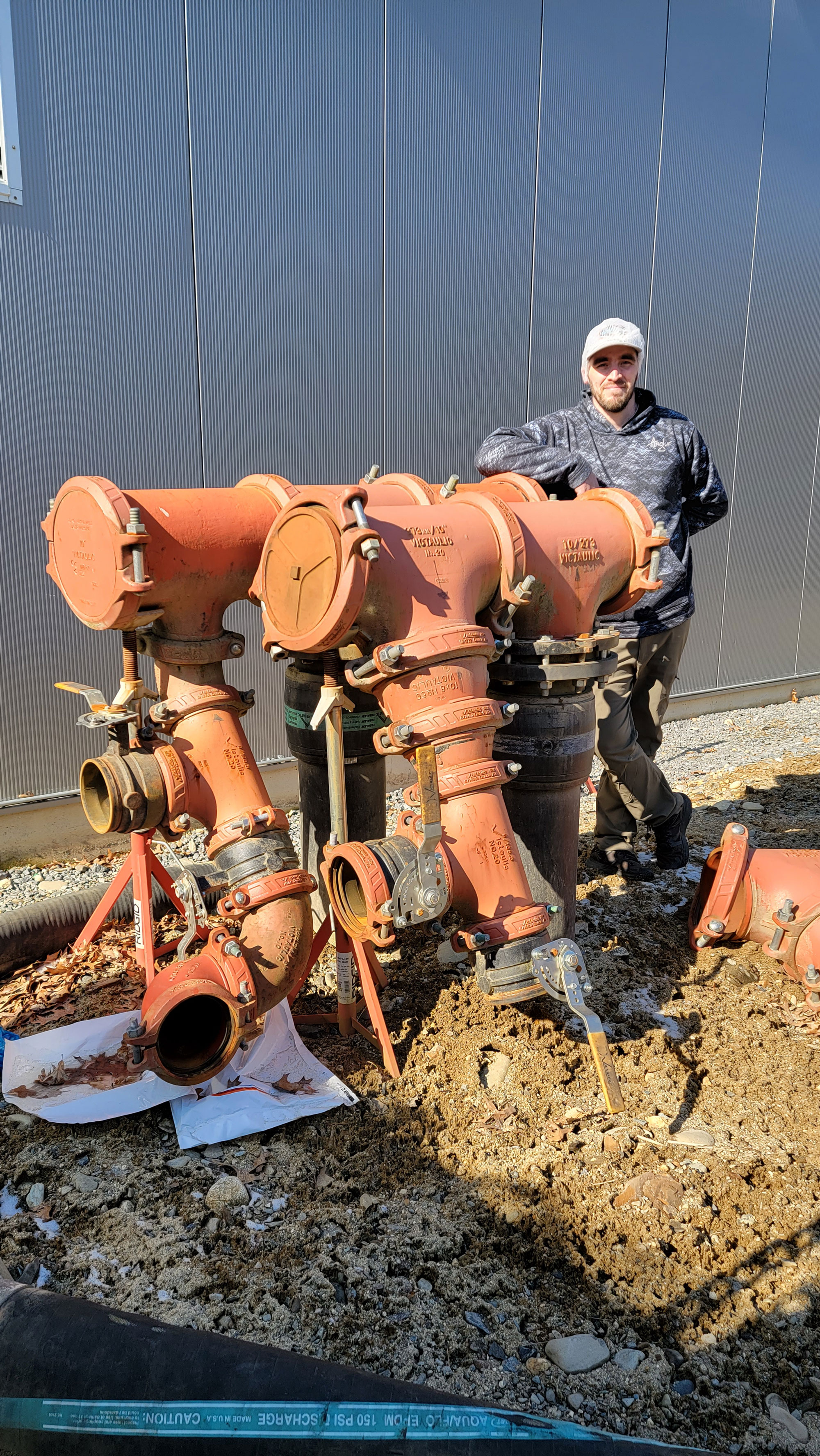When rural communities lean into clean energy, the path to economic prosperity is clear. Cleaner power options like solar and electric provide new market opportunities for producers and small businesses. They reduce energy costs for consumers and supports good-paying jobs in rural America.
USDA Rural Development programs have demonstrated strong success in the fight against climate change while helping to lower energy costs and increase efficiency for people across the nation.
This week, as we celebrate Earth Day, we are proud to highlight some of the many ways USDA programs advance climate-smart infrastructure to support economic development in rural areas.
Advancing Energy Efficiency in Rural Massachusetts
Prior to receiving a Rural Energy for America Program (REAP) grant from USDA, Little Leaf Farms in the town of Devens used a portable, air-cooled chiller to cool its greenhouses. The inefficient cooling system, lighting and heating accounted for roughly 20 percent of the farm’s production costs.
USDA Rural Development awarded the farm a $38,471 REAP grant to purchase and install a more efficient air-cooled chiller. This project is expected to save Little Leaf Farms $51,341 per year and will replace 798,472 kilowatt-hours per year, which is enough energy to power 73 homes.
To learn more about this project, visit the success story: Little Leaf Farms Grows Green while Going Green | Rural Development (usda.gov).
In the Fight Against Climate Change, Students in New Hampshire Lead the Way
Students at White Mountains Regional High School designed a modern LED lighting retrofit to offset power costs and generate efficient energy for their school.
USDA Rural Development provided the school a $36,900 Economic Impact Initiative Grant under the Community Facilities Program to finance the project. Energy upgrades are projected to save 92,528 kilowatt-hours and $12,954 each year, and after maintenance reduction is factored in, total savings are estimated to be more than $20,000 annually.
As part of the project, the school is incorporating STEM (Science, Technology, Math & Engineering) into the curriculum to create long-term impacts for the students and community. Students will learn about the lighting retrofit, electricity, energy efficiency and climate change.
Clean Energy Modernizes Power Grid in Rural Pennsylvania
USDA Rural Development is working to make rural electric infrastructure stronger, more sustainable and more resilient than ever before. For instance, Central Electric Cooperative used a $20 million Electric Infrastructure Loan Program to build and improve 111 miles of line and connect 795 people.
The loan includes $115,153 in smart grid technologies to help utilities better manage the power grid. Central Electric serves about 25,000 customers over 3,049 miles of line in seven counties in western Pennsylvania.
Agricultural Producers Upgrade to Clean Energy in New Jersey
Tuckahoe Turf Farms Inc. in Hammonton used a REAP grant to purchase and install a 150HP electric irrigation motor to replace a diesel motor. The project will generate 18.501 kilowatt-hours of energy.
In Asbury, North Jersey RC&D Inc. used a REAP grant to conduct energy assessments and provide technical assistance to small businesses and agricultural producers in collaboration with EnSave.
Stay tuned for daily blog posts from USDA Rural Development as we highlight climate-smart infrastructure across rural America.



